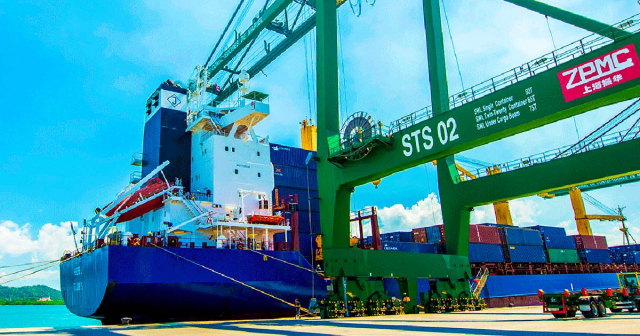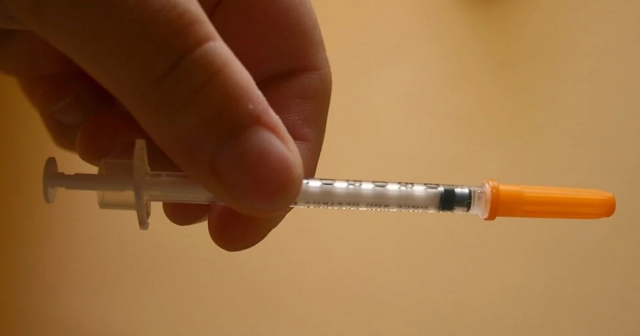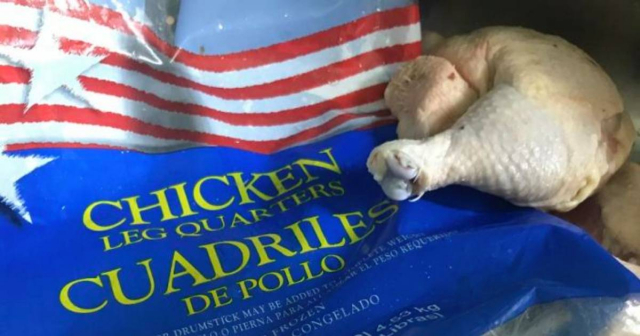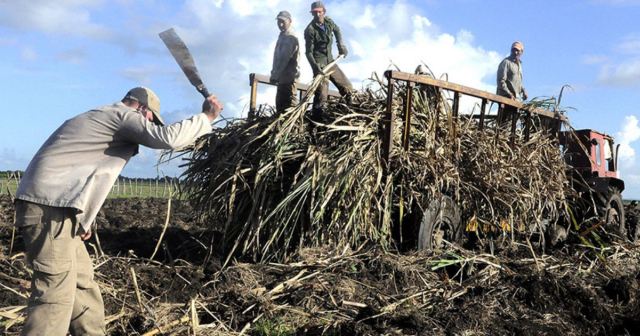
TheUS exports to Cuba They increased last July and involved various food items and products, ranging from washing machines to microwaves, Pacific salmon and sugar.
According to the report "Economic Eye in Cuba", published byCubatrade.org (from the Cuba-US Economic and Trade Council), in July 2023 the aforementioned exports of food and agricultural products reached the figure of $$32,313,837.00.
This value ishigher by 37.6% than the $23,468,476.00 dollars exported in July 2022, which in turn was higher than the $19,832,195.00 of the same month of 2021. Likewise, it reflects the increase in exports to Cuba from the US since May, afterthree months of decline in some items in February, March and April.
However, the figure is lower than the more than 37 million in June, according to data from the US Department of Agriculture.
Between theexported products last July includes frozen chicken leg quarters, frozen chicken meat, frozen chicken legs, pork, canned chicken meat, Pacific salmon, fresh cheese, grapes, coffee, cookies, waffles and wafers, ketchup tomato, beer, skipjack tuna, palm oil, hams, pasta, corn chips, yeasts, carbonated soft drinks, pesticides, salt and sugar, among others, the publication details.
US $450,869.00 in refrigerant recovery liquid were also imported; $6,097.00 incoin washing machines; $11,040.00 inmicrowave ovens; $606,207.00 inused vehicles (1,500 cc to 3,000 cc) and $151,768.00 innew vehicles (1,500 cc a 3,000 cc).
In addition, Cuba imported $2,342,281.00 in coffee from the US; $1,234,503.00 in cookies; $694,773.00 in waffles and wafers; $240,723.00 in beer and $66,568.00 in manicure and pedicure preparations.
Also, $13,259.00 in radial tires; $13,008.00 in sheets; $15,810.00 in rugs; $33,530.00 in footwear; $353,064.00 in hams and $10,027.00 in cane sugar.
Added to these products are $20,617.00 in pesticides; $13,165.00 in salt; $27,840.00 in shampoo; and $6,806.00 in pet food.
From January to July 2023, total exports of food and agricultural products amounted to$192,573,300.00, compared to $167,653,569.00 during the same period in 2022.
Since the first deliveries in December 2001, total exports under the Trade Sanctions Reform and Export Enhancement Act (TSREEA) exceed US$7,096,299,666.00, the report indicates.
These data reflect the export of products under the TSREEA and the Cuban Democracy Act (CDA) of 1992, as well as the current regulations established by the Office of Foreign Assets Control (OFAC) of the Department of the Treasury and the Bureau of Industry and Security (BIS) of the United States Department of Commerce.
The TSREEA authorizes the direct commercial export of food and agricultural products from the US to Cuba, regardless of their purpose, but does not include health products, which remain regulated by the CDA.
Cuba bought from the US last year products for $328.5 million dollars, which marked the largest increase in commercial operations between both countries in the last decade, according to official figures.
The novelty of exports to Cuba last year was the increase in health products, equipment and medical supplies worth $9.2 million dollars. Purchases in this category mostly included hygiene products such as detergents, deodorants, toothpaste, soap, shampoo, disinfectants, dermatological products and beauty and skin care preparations, according to statistics from the Department of Agriculture supplemented by the Economic and Trade Council US-Cuba (USCTEC).
Since the US Congress gave the green light for food sales to Cuba in 2000, the total amount of transactions carried out is $6,903 million dollars until December 2022. Humanitarian donations, which also add up to significant figures, are not included.
The unproductive situation of Cuban agriculture forces 80% of the food consumed by the country to be imported, with annual expenses that exceed $2.2 billion, according to official figures.
What do you think?
SEE COMMENTS (6)Filed in:






